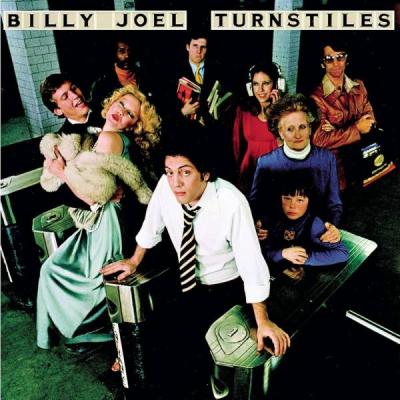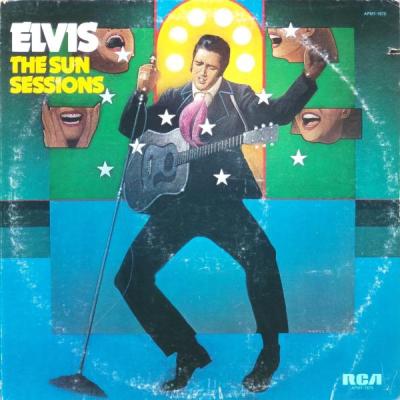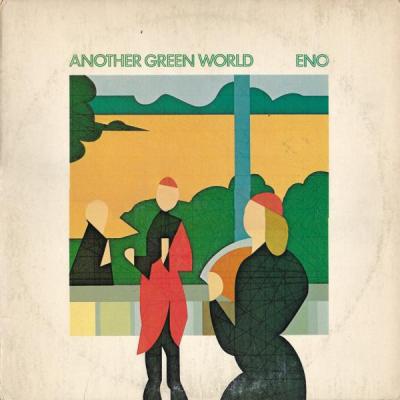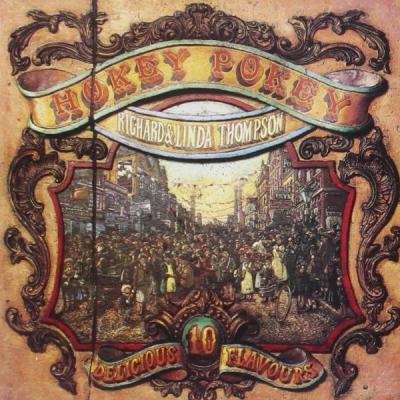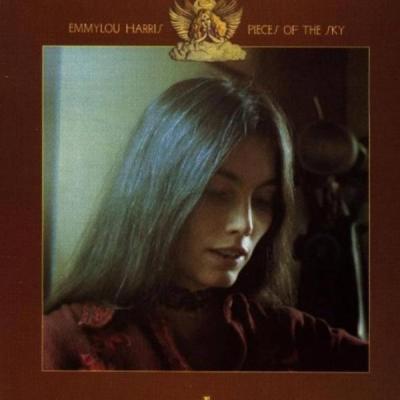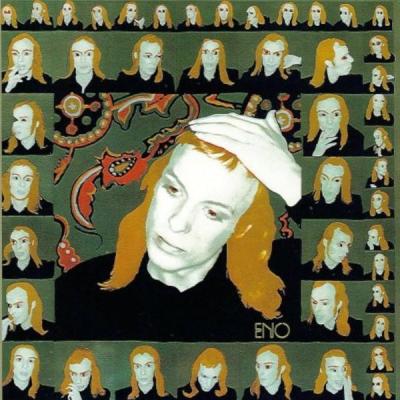

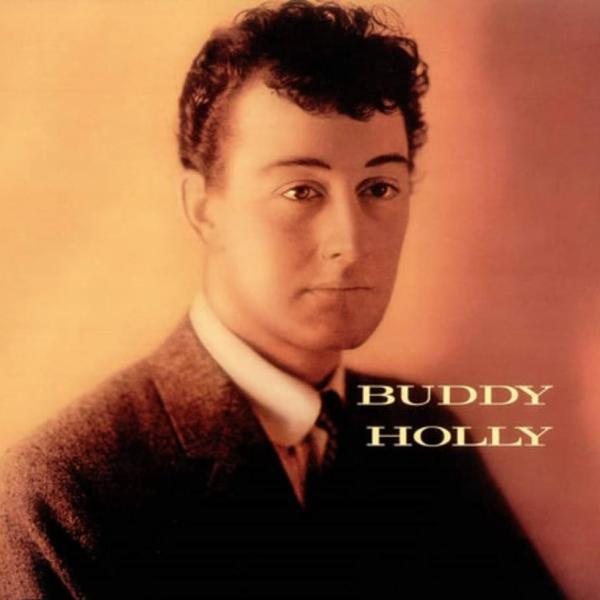
Buddy Holly: (Self-Titled)
Album #20 - February 1958
Episode date - October 4, 2023
Buddy Holly and the Crickets had an unusual arrangement with their record labels. Songs that required vocal backing were credited to the Crickets and released on Brunswick, while solo vocal recordings were credited to Buddy Holly and released on Brunswick's sister label, Coral.
This was even more ridiculous than it sounds, since the Crickets did not sing any of the backing vocals (except on "That'll Be the Day"), leaving that task to professional singing groups. And by the way, even an idiot might notice that there are backing vocals all over this album as well, but no matter. Fans didn’t discern between Crickets releases and Buddy Holly releases. Ultimately, they were the same product, indistinguishable from one another except in regard to marketing.
Both albums had hits, but what makes them ‘classic’ is that the deep cuts have lasting value as well. “Buddy Holly” had only one top 40 hit (Peggy Sue”), but it plays like one-half of a greatest hits album. “I’m Gonna Love You Too”, “Listen to Me”, “Everyday”, “Words of Love” and “Rave On” have a shelf life that may never expire, thanks in part to the subsequent superstars who recorded their own versions, but even more so, thanks to Buddy Holly for providing recordings that were simultaneously understated and compelling.
Few people would say that Buddy Holly was a lyrical genius, but his songs are so memorable and infectious that we hardly notice the simplicity of his sentiments. “I’m Gonna Love You Too”, “Peggy Sue”, “Everyday” and “Rave On” convey a melodic genius that transcend the words. The production here is a bit inconsistent as well, with some songs sounding pristine (“I’m Gonna Love You Too”, “Words of Love”) and others resembling acceptable demo recordings (“Listen to Me”, “You’re So Square”). It gives the album an overall casual feel, which makes sense because at the time, I’m sure Holly felt like he had all the time in the world to craft his art and make something ‘substantial’. Unfortunately, though, things did not turn out that way and this became the last album released during his lifetime.
The album’s cover photo is a bit unsettling, as it resembles something intended as an homage after his demise, but Buddy Holly was quite alive when this album was released. As a result of his untimely death, the image of the twenty-two-year-old rocker with the horn-rimmed glasses and the Fender guitar has become frozen in time. In "American Pie," Don McLean implies that February 3, 1959, was "the day the music died." Although future events proved this to be untrue, at the time it really did seem that the plane crash that took the lives of Buddy Holly, Richie Valens, J.P. Richardson (The Big Bopper), and pilot Roger Peterson took the spirit of rock and roll with it.
With Elvis Presley in the Army, Little Richard in sudden retirement, and Jerry Lee Lewis banished for marrying his cousin, it already looked (and sounded) like the beginning of the end for rock and roll. The plane crash sounded the death knell, and for a while, the supposedly clairvoyant naysayers who had predicted a quick death for rock and roll seemed to be correct. The first tidal wave ended, and the following ripple brought in the timid styles of Frankie Avalon, Paul Anka, Fabian, Bobby Rydell, and Bobby Vee. The once wild stallion that was rock and roll had become a tame, obedient plow horse.
Featured tracks:
I'm Gonna Love You Too
Peggy Sue
Look at Me
Listen to Me
Valley of TearsReady Teddy
Everyday
Mailman, Bring Me No More Blues
Words of Love
You're So Square (Baby I Don't Care)
Rave On
Little Baby
February 1958 – Billboard Did Not Chart
Related Shows
- 1 of 19
- ››


